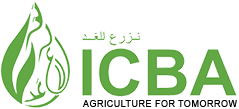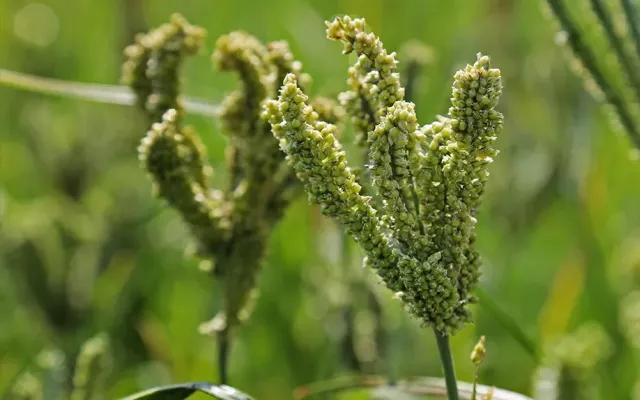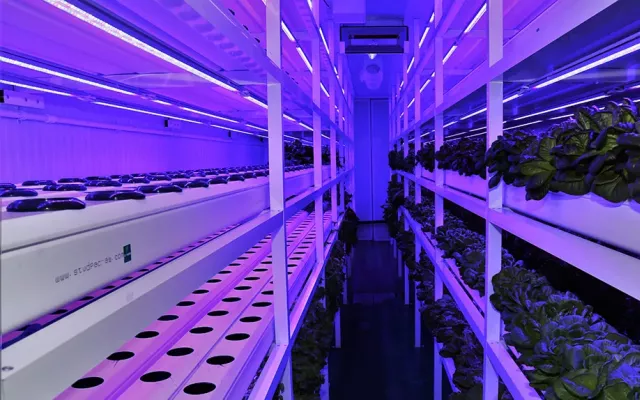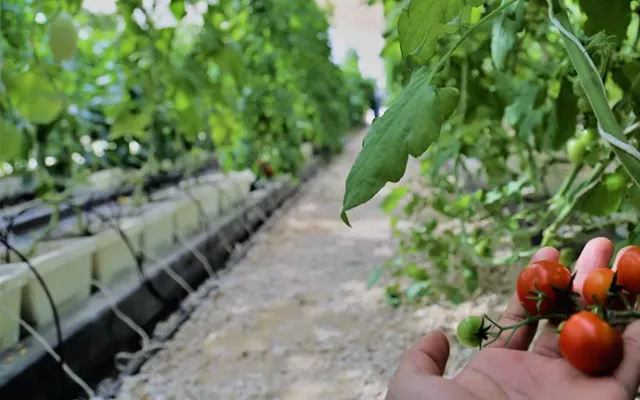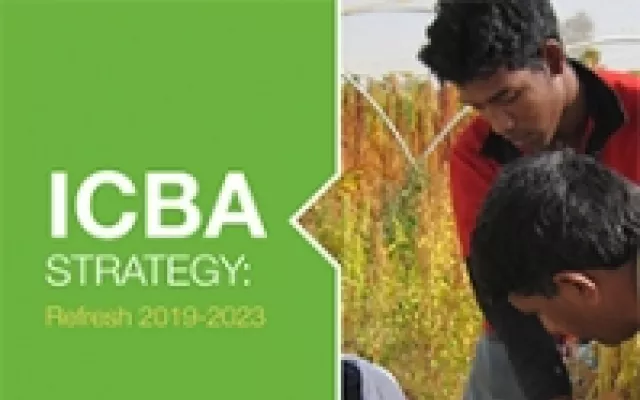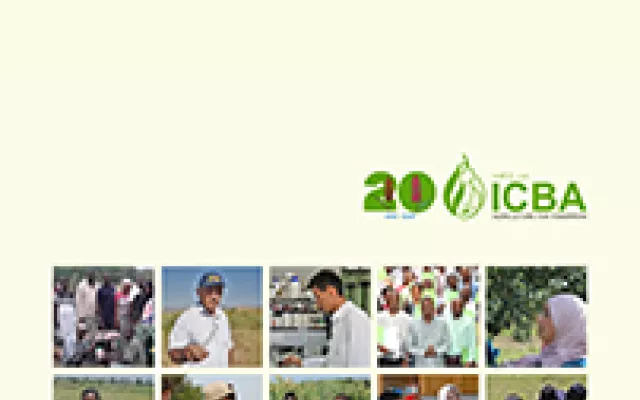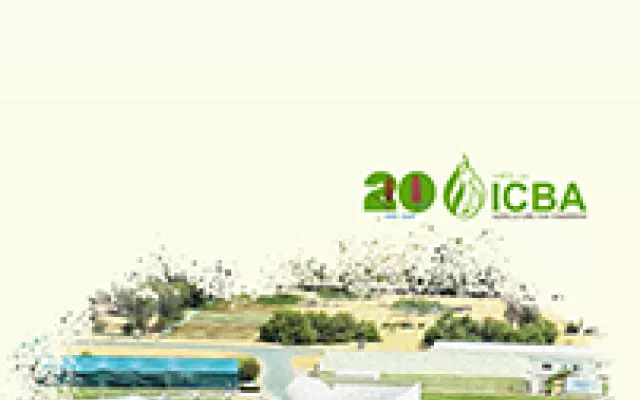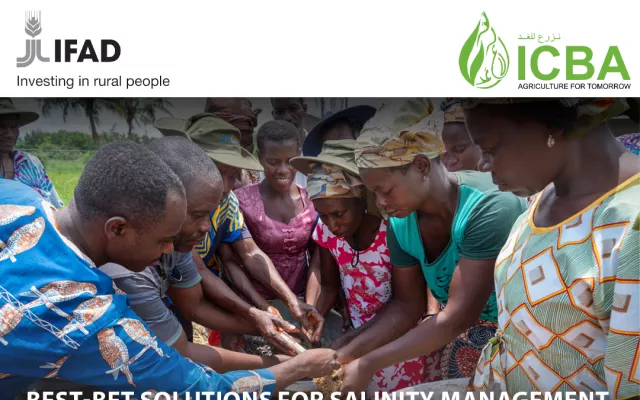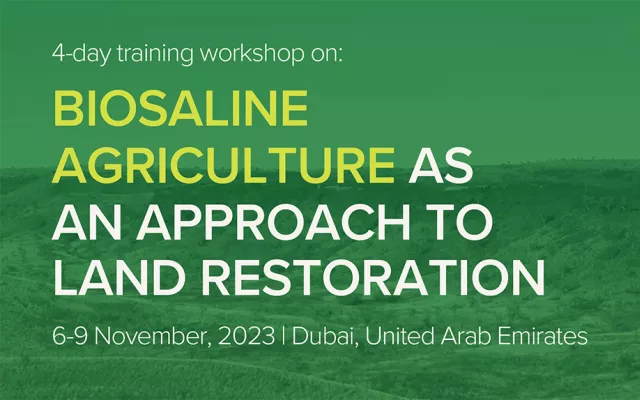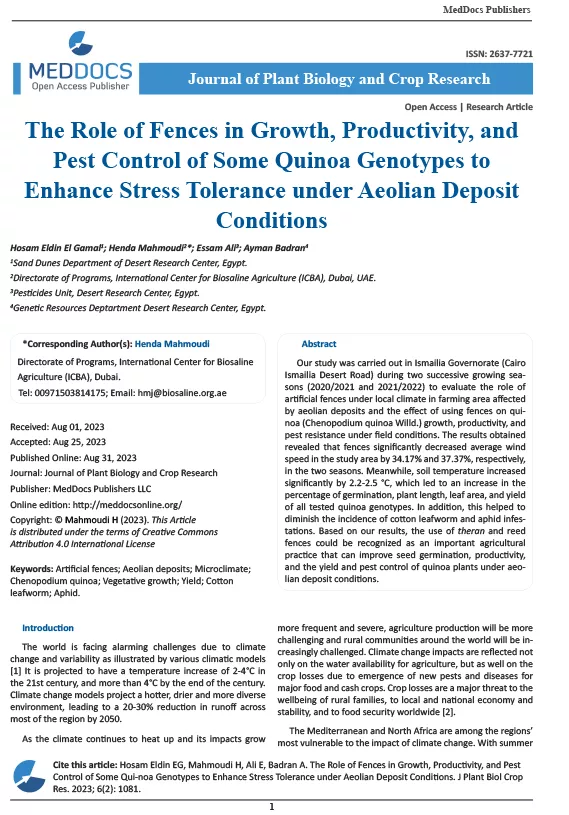The Role of Fences in Growth, Productivity, and Pest Control of Some Quinoa Genotypes to Enhance Stress Tolerance under Aeolian Deposit Conditions
Our study was carried out in Ismailia Governorate (Cairo Ismailia Desert Road) during two successive growing sea- sons (2020/2021 and 2021/2022) to evaluate the role of artificial fences under local climate in farming area affected by aeolian deposits and the effect of using fences on qui- noa (Chenopodium quinoa Willd.) growth, productivity, and pest resistance under field conditions. The results obtained revealed that fences significantly decreased average wind speed in the study area by 34.17% and 37.37%, respectively, in the two seasons. Meanwhile, soil temperature increased significantly by 2.2-2.5 °C, which led to an increase in the percentage of germination, plant length, leaf area, and yield of all tested quinoa genotypes. In addition, this helped to diminish the incidence of cotton leafworm and aphid infes- tations. Based on our results, the use of theran and reed fences could be recognized as an important agricultural practice that can improve seed germination, productivity, and the yield and pest control of quinoa plants under aeo- lian deposit conditions.
Year
2023
Publication Source
Journal of Plant Biology and Crop Research
Publication type
Scientific Paper
